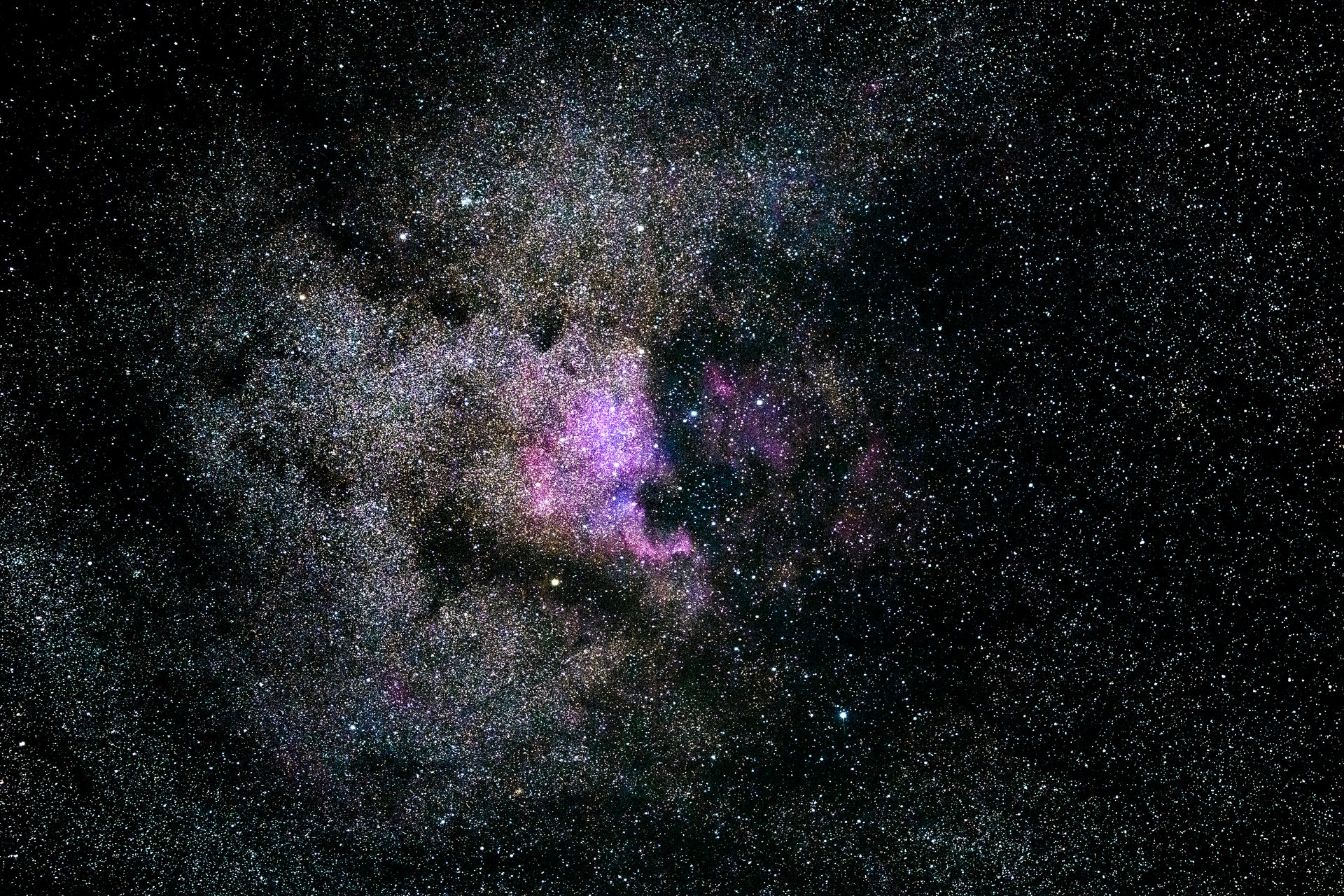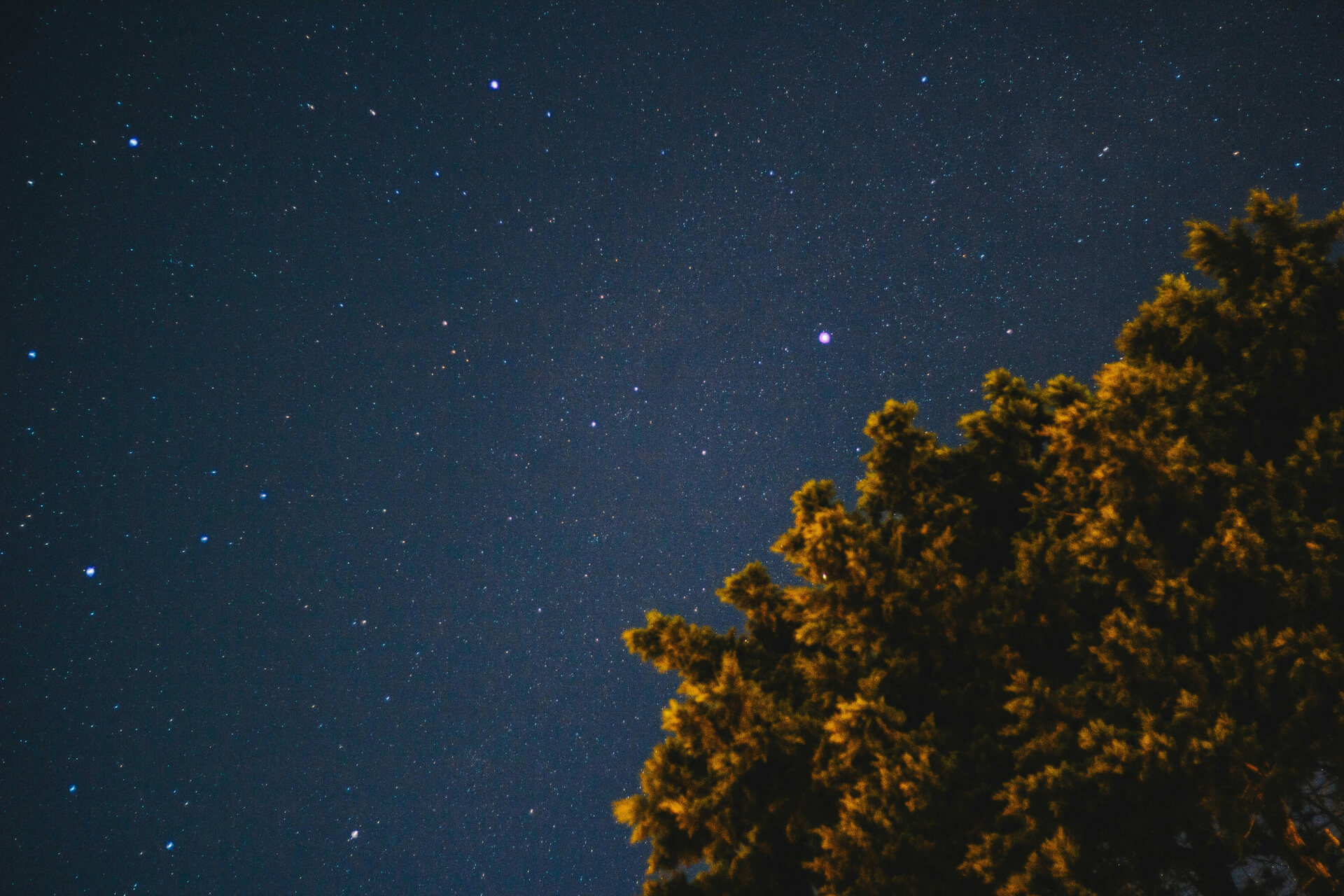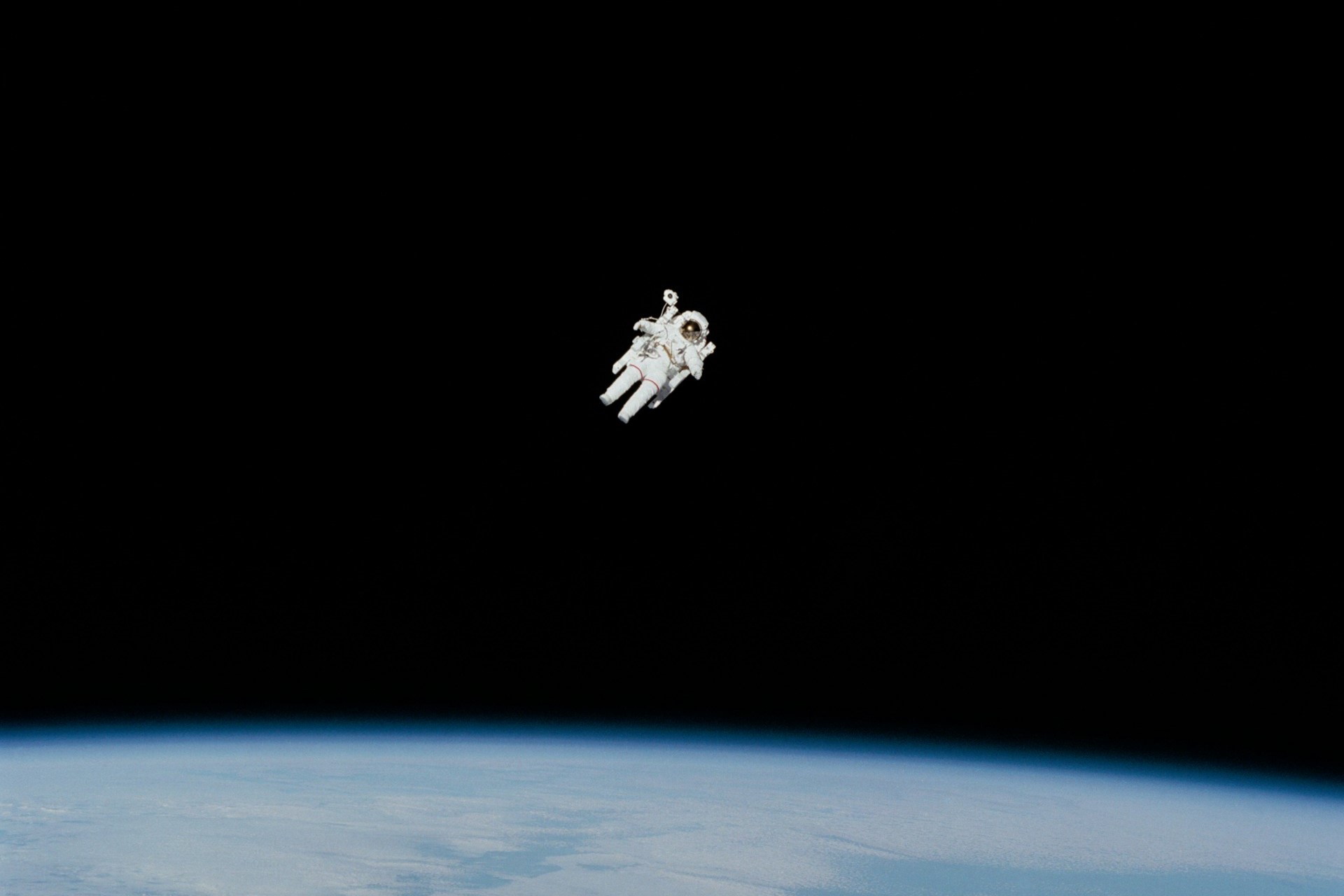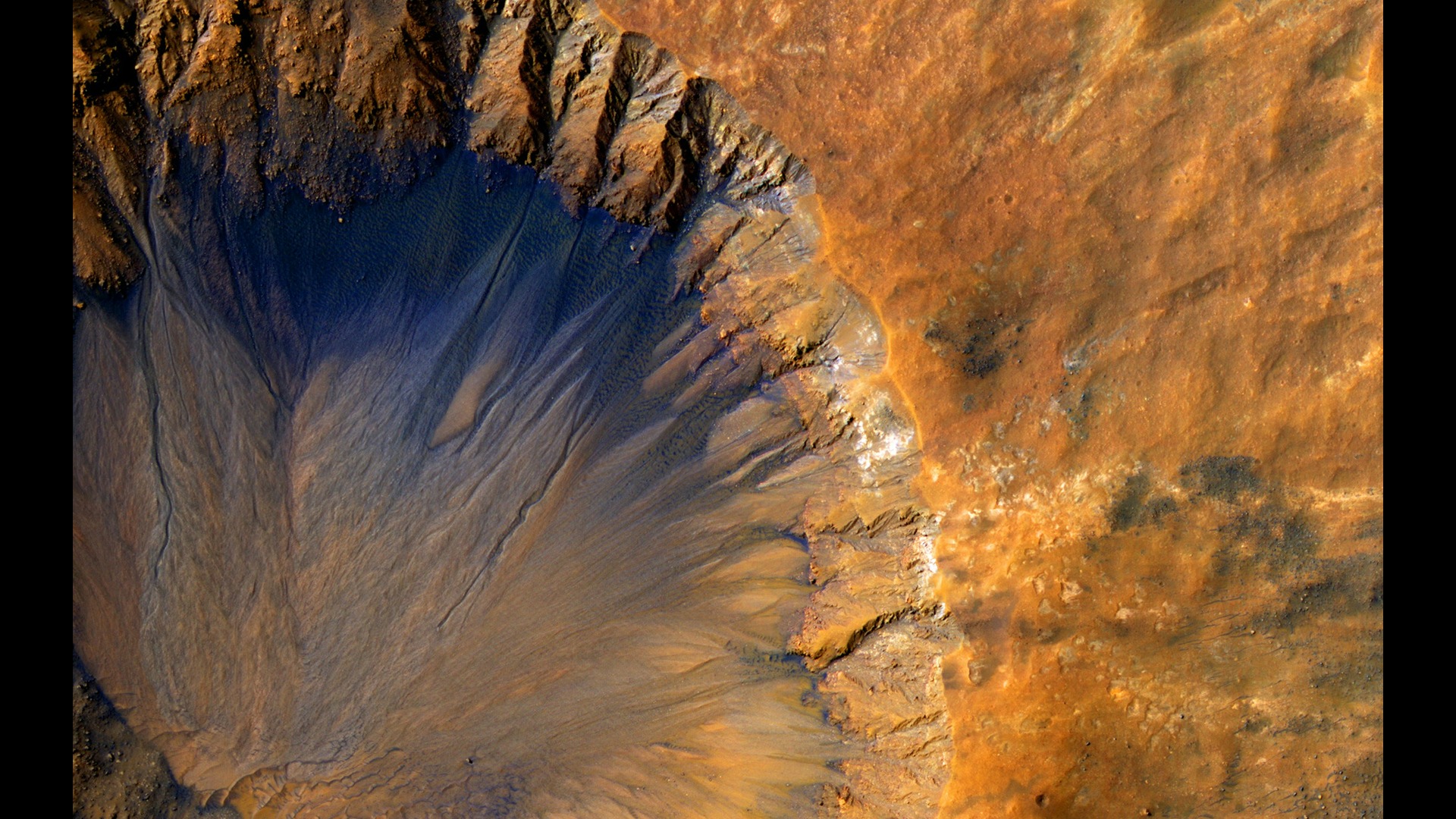
Three Decades in the Making, the James Webb Space Telescope Launches Successfully
January 11, 2022 - Emily Newton
Revolutionized is reader-supported. When you buy through links on our site, we may earn an affiliate commission. Learn more here.
After a long and troubled design process, NASA’s James Webb Space Telescope (JWST) was successfully launched into space on December 25, 2021.
The massive telescope, which NASA intends to be the successor to the Hubble Space Telescope, will soon begin capturing high-resolution infrared images of space. But, that will only happen after an anxiety-ridden “unfolding” process. Some people called the telescope’s “30 days of terror.”
The power and complexity help explain why the telescope is so important for astronomy research. Here’s a closer look at why it took more than 30 years to design, build and launch the James Webb Space Telescope.
What Is the James Webb Space Telescope?
NASA’s James Webb Space Telescope is an infrared space observatory. That’s a massive telescope that takes pictures of deep space by capturing infrared light.
The $10-billion JWST is the successor to the Hubble Space Telescope and the largest and most powerful telescope ever launched by NASA. It features the biggest mirror of any space telescope ever launched.
The massive mirror allows the telescope to effectively look back in time. It collects dim, ancient infrared light that is just now reaching planet Earth.
Along with Hubble and three other space telescopes, the JWST is one of NASA’s Great Observatories. Those are massive space instruments that collect information from deep space.
The telescope got its name from former NASA chief James Webb, who was in charge of the space agency from 1961 to 1968. During his tenure, he oversaw some of the earliest crewed spaceflight missions. However, he ultimately left NASA just days before the launch of the first Apollo mission.
Once launched, the JWST must position itself at a special point between the Earth and the sun. At the same time, it will unfold important components — like the telescope sunshield. After this process, the telescope will start observing deep space objects continually for at least 10 years.
Behind Schedule and Over Budget, But a Successful Launch
Despite multiple delays and budget overages, NASA successfully launched the JWST on December 24, 2021. The launch came after a decades-long construction and design process.
The launch was a multiphase event. It began with an Ariane 5 rocket based on a European Space Agency (ESA) launch platform in French Guiana, South America. Because the JWST is so large, it folded inside the rocket for storage. The telescope then unfolded in space once detached from the rocket.
The unfolding process is extremely complex. It will take between two weeks and 30 days to complete. Even small errors in this process could prevent the telescope from working correctly — or at all.
As it unfurls, the telescope will also be moving towards its final destination: in orbit around the sun, one million miles from Earth. It will orbit at a special point (the second Lagrange point) that will keep it aligned with the Earth as it moves around the sun.
After a Challenging JWST Launch, “30 Days of Terror”
Some observers are calling the unfurling process the telescope’s “30 days of terror.” That’s due to how much can go wrong as the telescope moves and unfolds.
One particularly important step of the process will be the unfolding of the telescope’s tennis court-sized five-layer sunshield. That piece will provide shade for the sensitive telescope instruments. This sunshield is critical for the operation of the JWST. Because it observes infrared light, which doubles as heat, the telescope needs this component to protect it from the intense heat of the sun.
If the sunshield doesn’t unfold properly, the telescope won’t have the protection it needs to capture information from deep space. After the extension of the sunshield, the telescope will need to extend both the primary and secondary mirrors of the telescope.
Once in place, the telescope will finish deploying all structures and begin a cooldown process. Over the next few months, NASA will begin calibrating the telescope’s instruments and ensuring the JWST is ready for science operations.
From its orbit around the sun, the telescope will continuously observe faint infrared light from extraordinarily distant stars. Using this IR light, the telescope will generate images of deep space, the first of which should be available at some point in summer 2022. The JWST is not the only telescope to use infrared light. The now-retired Spitzer Telescope did too. Its infrared wavelengths ranged from 3 to 180 microns.
The First Task for the James Webb Space Telescope
The telescope’s cooldown and setup process will finish around six months after launch. Then, the JWST will begin looking into the Ultra Deep Field, a small region of space once observed by the Hubble Space Telescope.
Despite its size, this region contains an estimated 10,000 galaxies. The light from these galaxies can come from as far in the past as 13 billion years ago — just 400 to 800 million years after the Big Bang.
In addition to providing a glimpse into the Universe’s early history, the Ultra Deep Field also shows us just how many galaxies are out there. The JWST will go even further than the Hubble can. It will potentially detect tens of thousands of additional galaxies that were too dim for Hubble to see.
Unlike Hubble, which captures images in visible light, the JWST will get infrared-based images. They’ll provide scientists with a great deal of information about the deep-space objects captured by the JWST.
With imaging data from the telescope, scientists can use spectroscopy — analysis of the infrared light — to learn more about the characteristics of observed deep-space objects, including temperature, mass and even their unique chemical composition.
In addition to providing us with more information on some of the oldest visible objects in the galaxy, this chemical information will be useful for NASA’s Astrobiology program. The program hopes to use JWST data to potentially “identify signatures of life on Earth-like planets beyond our solar system.”
The Future of the James Webb Space Telescope
After observing the Hubble Ultra Deep Field, the JWST will begin observing other sections of space. The telescope was originally designed to operate for around 10 years. However, thanks to a “super-precise launch,” NASA believes the telescope could continue observing the stars for much, much longer.
For comparison, the Hubble Space Telescope has been in operation for more than 30 years. It will likely continue working well into the future.
The JWST’s Troubled Design History
The development and construction of the James Webb Space Telescope was anything but straightforward. Development on the JWST, originally called the Next Generation Space Telescope (NGST), began in 1996. NASA originally anticipated a $500 million budget for the project and planned for a 2007 launch.
The telescope ultimately would not launch until 14 years after this planned launch date. Plus, it would cost around $10 billion, twenty times the original budget. During development, the project received cancellation threats and got postponed more than seven times.
Major design changes and serious logistical challenges delayed the project multiple times, until NASA was finally able to settle on the December 25, 2021 launch date. The telescope’s immense scale and mechanical complexity made the design process extremely challenging.
The cutting-edge engineering necessary to make the telescope work ultimately meant that the project took much longer and cost much more than NASA initially expected.
The telescope is a successor to the Hubble Space Telescope, but not a replacement. The two telescopes accomplish very different missions and collect different types of space data. Hubble captures visible light, while developers always intended the JWST to look for infrared.
The Hubble provided high-quality photos of space objects. However, JWST will provide both photos and detailed spectroscopic information on the objects observed.
What’s Next for the James Webb Space Telescope?
After a successful launch, the JWST is currently moving into position and extending key components, like the telescope’s sunshield and mirrors. Once these components move into place, the telescope must spend time cooling down and preparing for space operations.
Once operational, the JWST will begin a ten-plus-year mission of documenting deep space objects. Data from these objects will tell new information on the early history of the universe. It might even help us uncover signs of life out in space.
The first images from the telescope should become available in summer 2022.
Revolutionized is reader-supported. When you buy through links on our site, we may earn an affiliate commission. Learn more here.
Author
Emily Newton
Emily Newton is a technology and industrial journalist and the Editor in Chief of Revolutionized. She manages the sites publishing schedule, SEO optimization and content strategy. Emily enjoys writing and researching articles about how technology is changing every industry. When she isn't working, Emily enjoys playing video games or curling up with a good book.







